43 overview chemical bonds worksheet
Chapter 18 - Chemical Bonds A chemical bond is the force that holds atoms/ ions together. An ionic bond is a chemical bond that forms due to a charge attraction after electrons have been transferred between atoms. Remember that opposite charges attract… when cations and anions get close enough to each other, an ionic bond forms. Overview Chemical Bonds Worksheet Answer Key 🔆 - Wakelet TEA Texas Education Agency. Sensory Materials. English
Overview of Chemical Bonds - Video & Lesson Transcript ... Nov 23, 2021 · A chemical bond is an attraction between two or more atoms, and is what forms a chemical. This is an electrostatic attraction - an attraction between positive and negative charges. In each atom,...
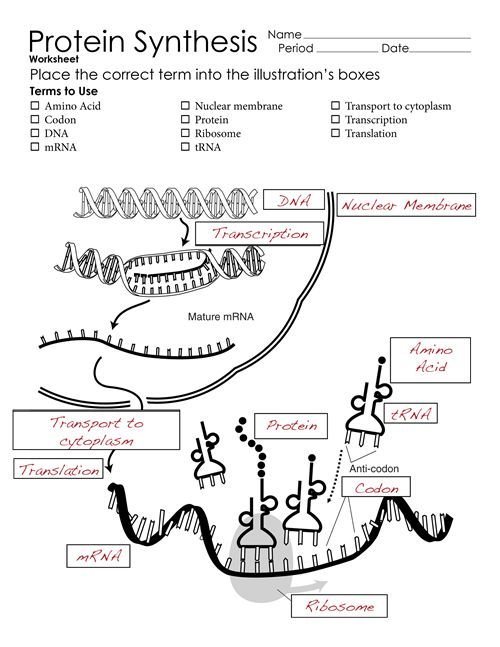
Overview chemical bonds worksheet
Overview: Chemical Bonds Flashcards | Quizlet Chemical bond An ion is a _____ particle that has either more or fewer electrons than protons Charged Oxidation numbers are written as ______ Subscripts A _____ is the force of attraction between the opposite charges of the ions in an ionic compound Ionic bond The charge on a compound is always ____ Neutral 50 Overview Chemical Bonds Worksheet Answers | Chessmuseum ... Oct 21, 2019 · 50 Overview Chemical Bonds Worksheet Answers one of Chessmuseum Template Library - free resume template for word education on a resume example ideas, to explore this 50 Overview Chemical Bonds Worksheet Answers idea you can browse by Template and . We hope your happy with this 50 Overview Chemical Bonds Worksheet Answers idea. PDF Basic Concepts of Chemical Bonding - Lamar University one chemical bond. Strengths of Covalent Bonds • We know that multiple bonds are shorter than single bonds. • We know that multiple bonds are stronger than single bonds. • As the number of bonds between atoms increases, the atoms are held closer and more tightly together.
Overview chemical bonds worksheet. Chapter 19: Chemical Bonds Flashcards - Quizlet Chapter 20: Chemical Bonds Vocab 12 Terms. lclarkson55. OTHER SETS BY THIS CREATOR. Chapter 3.1 Vocab 9 Terms. Studyhelp555. Chemistry Ch. 1 Vocabulary 4 Terms. Studyhelp555. Final exam flashcards 34 Terms. Studyhelp555. Study Questions from Class 11 Terms. Studyhelp555. THIS SET IS OFTEN IN FOLDERS WITH... Mr. Jones's Science Class - Science with Mr. Jones Chemical Bonds and Reactions Chemical Bonds and Reactions Overview Sheet Chemical Bonds and Reactions - Self-Assessement Sheet "A Match Made in Heaven" - An Elemental Love Story Building Models How to Calculate the Formula Weight Chemical Bonds & Reactions (PPT.) Chemical Bonds and Reactions - Outline Counting Valence Electrons Electron Dot ... Chemical Bonds - Principles of Biology Covalent Bonds. Another type of strong chemical bond between two or more atoms is a covalent bond. These bonds form when an electron is shared between two elements and are the strongest and most common form of chemical bond in living organisms. Covalent bonds form between the elements that make up the biological molecules in our cells. Chemical bonds | Chemistry of life | Biology (article ... Chemical bonds AP.BIO: SYI‑1 (EU) , SYI‑1.B (LO) , SYI‑1.B.1 (EK) Chemical bonds hold molecules together and create temporary connections that are essential to life. Types of chemical bonds including covalent, ionic, and hydrogen bonds and London dispersion forces. Google Classroom Facebook Twitter Email Introduction
PDF Chemical Bonding - Colorado State University CHEMICAL BONDING CONTENTS 2 Electronegativity 3 Road Map 4 Types Of Bonding 5 Properties Controlled By Chemical Bond 6 Polar Bonds 7 Metallic Bonding 8 Intermolecular Forces 9 Ions: Counting Electrons And Protons 10 Ionic And Atomic Radii 11 Ions And Energy 12 Lithium Fluoride 13 Crystal Packing 14 Crystal Packing 15 Crystal Packing 16 Covalent ... Learning Activity: Exploring Chemical Bonds - Model Kit ... The goal of this activity was to assess student understanding of various aspects of bonding and the differences between the two types of bonds we had been exploring, while at the same time providing students with a hands-on visual as to how these types of bonds are created. This activity was used to check for understanding in four different areas: DOC Chemical Bonding Review Worksheet Bond the following atoms. Determine if they are ionic or covalent, circle your choice. Show the valence electrons and how they are either shared between the atoms or how they are transferred between atoms. Then write the chemical formula in the space provided. Ionic or covalent C Cl Formula ____________ Ionic or covalent Chemical Bond Teaching Resources | Teachers Pay Teachers Chemical Bonds: Ionic Bonding and Covalent Bonding Activities and Worksheets by CrazyScienceLady 149 $12.00 PDF Activity This download contains a 25 page STUDENT WORKBOOK! It's a book. You can highlight. There are notes. You can draw. There is practice (LOTS of practice!)
Chemical Bond ( Read ) | Chemistry | CK-12 Foundation A chemical bond is a force of attraction between atoms or ions. Bonds form when atoms share or transfer valence electrons. Atoms form chemical bonds to achieve a full outer energy level, which is the most stable arrangement of electrons. There are three different types of chemical bonds: covalent, ionic, and metallic bonds. Review Quiz & Worksheet - Chemical Bond Basics - Study.com Worksheet 1. What force causes a chemical bond to hold atoms together? Electrostatic attraction Gravitational attraction Nuclear forces Glue 2. Which of the following is NOT a type of chemical... PDF Chemical Bonds Review Guide Answer Key - Belle Vernon Area ... Created Date: 10/20/2014 11:11:57 AM PDF A Guide to Chemical Bonding - Mindset Learn A Guide to Chemical Bonding Teaching Approach Chemical Bonding is the formation of new substances, with new physical and chemical properties, when atoms and molecules join together. It is important for learners to understand the difference between macroscopic and microscopic properties of matter in the
Covalent Bonding Worksheet Answer Key - Word Worksheet Covalent Bonding Worksheet Answer Key. Energy is captivated to breach bonds. Bond-breaking is an endothermic process. Energy is appear back new bonds form. Bond-making is an exothermic process. Whether a acknowledgment is endothermic or exothermic depends on the aberration amid the activity bare to breach bonds and the activity appear back new ...
PDF 312 335 Ch18 RE 896315.qxd 3/26/10 3:44 AM Page 318 S-034 ... A single covalent bond forms when two atoms share two electrons. Usually one electron comes from each atom in the covalent bond. Look at the water molecule in the figure. There are two single covalent bonds in a water molecule. In each single bond, a hydrogen atom and an oxygen atom each give one electron, which the atoms share.
Carman-Ainsworth Community Schools / District Headlines ... 1. Write the correct chemical formula for a compound containing barium and oxygen. What is the name of this compound? 2. Write the formula for zinc iodide, a compound that is used as an antiseptic. RI nc 3. One of the uses of ammonium sulfate is in flameproofing fabrics and paper, Write the formula for ammonium sulfate. SO 32 Chemical Bonds
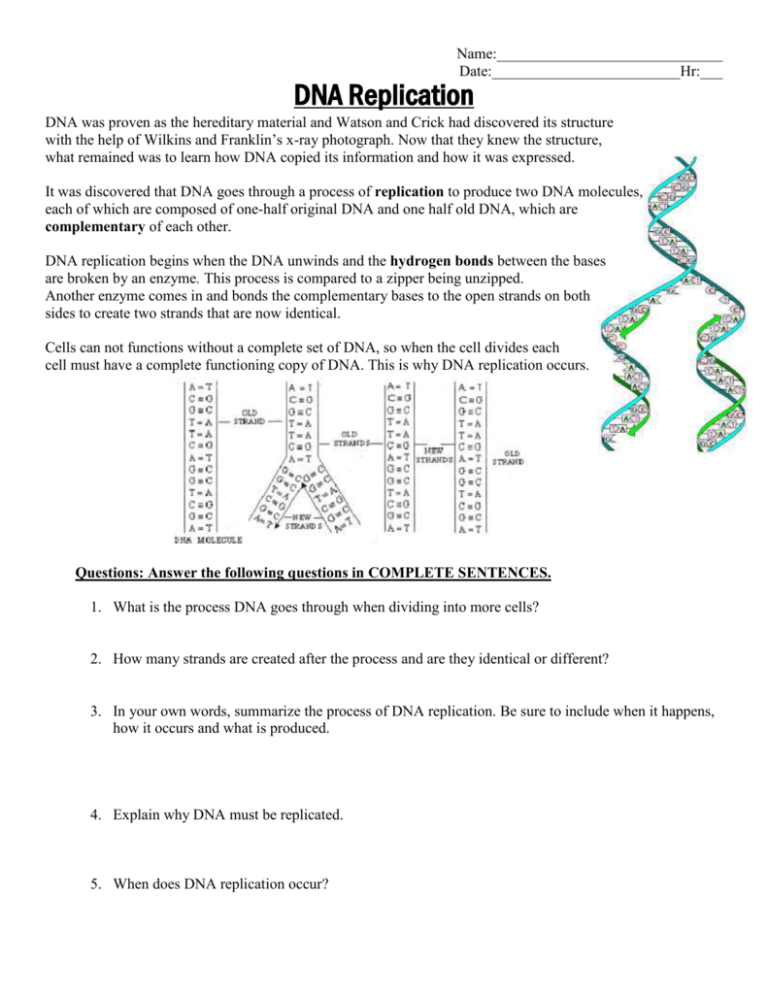
Dna Structure And Replication Worksheet Answer Key Pdf / Study Guide Unit 7 Dna Structure Answer ...
DOC CHEMICAL BONDS WORKSHEET - Loudoun County Public Schools CHEMICAL BONDS WORKSHEET Chemical Bonds Worksheet Choose words from the list to fill in the blanks in the paragraph. Anion covalent bond Chemical bond metal Ionic bond molecule Noble gas polyatomic ion Stable octet valence shell Bond energy electronegativity Hydrogen bond polar molecule Polarity cation Chemical reaction
Overview Chemical Bonds Worksheets - Learny Kids Displaying top 8 worksheets found for - Overview Chemical Bonds. Some of the worksheets for this concept are Basic concepts of chemical bonding, A guide to chemical bonding, A guide to molecular structure, 6 chemical bonding, Lesson energy an overview, Chapter 3, Glencoe physical science, Essential questions whyhow do atoms interact with each.
PDF Atomic Structure and Chemical Bonds - Weebly Atomic Structure and Chemical Bonds 9 Name Date Class Chemical Bonds An ion is an atom that is no longer neutral because it has gained or lost electrons. One important property of ions is the ability to conduct electricity in solution. Ions can form in solution in several ways. Ionic compounds, which are often compounds created
Types Of Chemical Bonds Teaching Resources | Teachers Pay ... This worksheet is meant to help students understand the difference between ionic, metallic and covalent bonds by showing a molecule containing two elements. Students then have to determine of the three types of bonds would most likely exist between them. There is no equation balancing involved and bonds may not exist in this form in nature.
Chemistry Review - Unit 4 Chemical Bonding Unit 4 - Chemical Bonding - 1 - Chemistry Review Unit 4 - Chemical Bonding The Nature of Chemical Bonding, Directional Natu re of Covalent Bonds, Intermolecular Forces Bonding 1. Chemical compounds are formed when atoms are bonded together. 9 Breaking a chemical bond is an endothermic process. 9 Forming a chemical bond is an exothermic process.
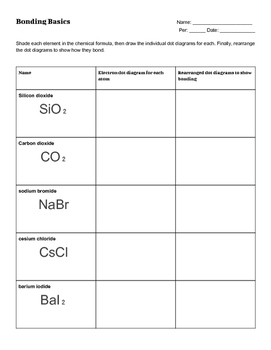
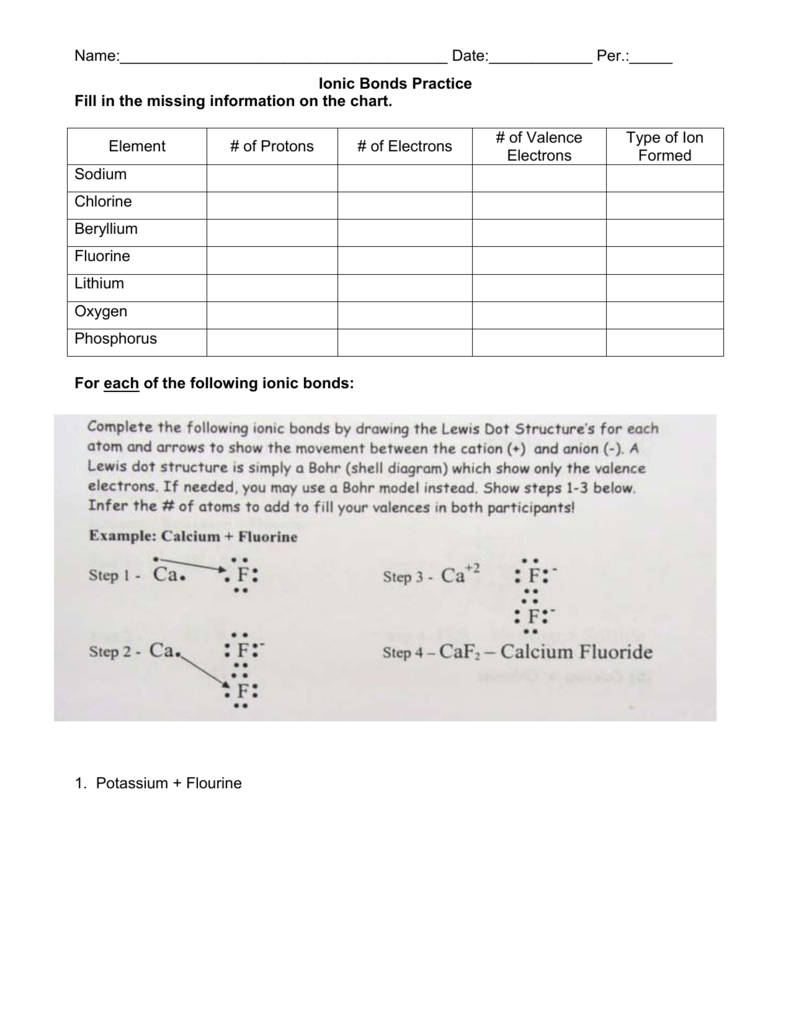
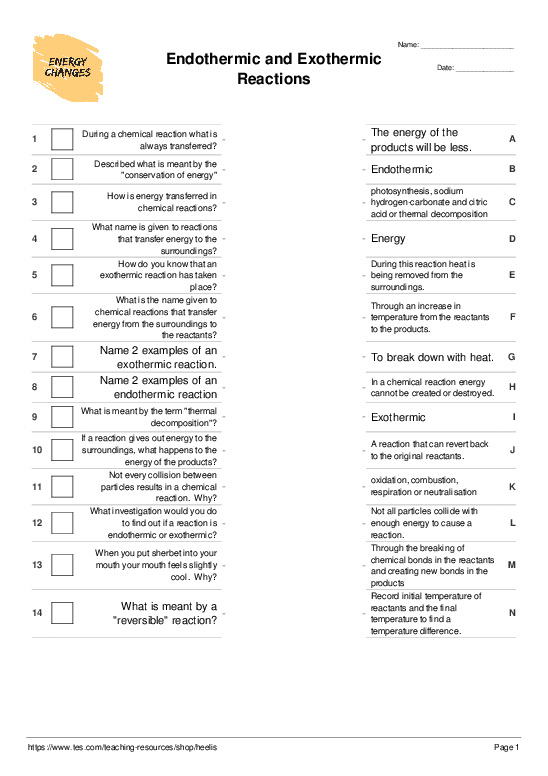

0 Response to "43 overview chemical bonds worksheet"
Post a Comment